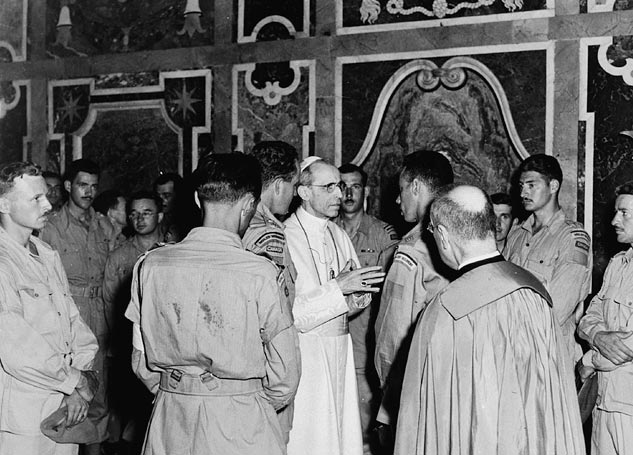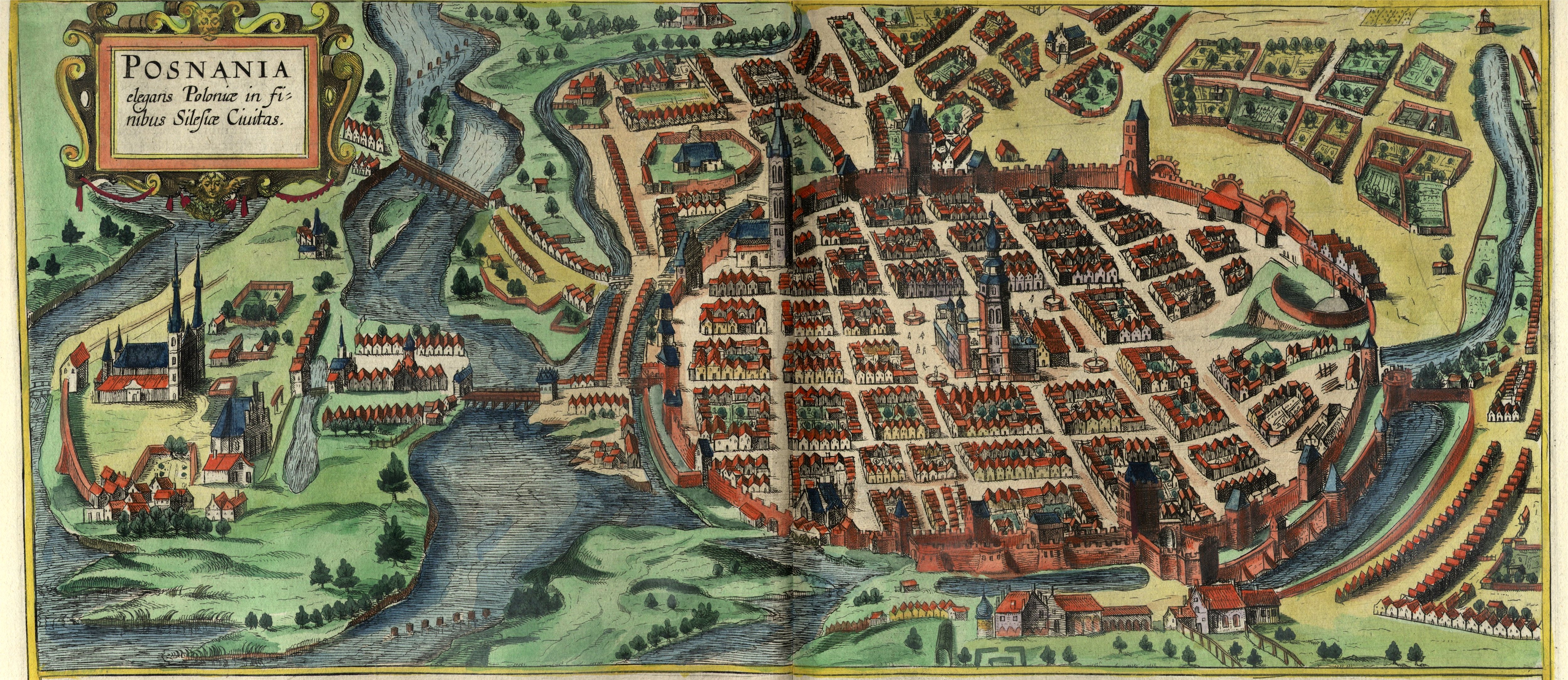|
Piotr Łabędź
Piotr Łabędzi (died 19, 20 or 21 August 1198) was a Catholic Church, Catholic Bishop of Poznań and Archbishop of Gniezno. He was commonly mistaken for his predecessor, the Bogumilus, Blessed Bogumił (as Bogumił-Piotr), but recent studies classify them as two different people. Łabędzi most likely came from the powerful Łabędzi family. Nothing is known about his life before consecration. A few years after becoming bishop, he was promoted to Archbishop of Gniezno. References 12th-century Roman Catholic bishops in Poland 1198 deaths Year of birth missing External links Virtual tour Gniezno Cathedral {{Poland-RC-archbishop-stub ... [...More Info...] [...Related Items...] OR: [Wikipedia] [Google] [Baidu] |
Roman Catholic Archdiocese Of Gniezno
The Archdiocese of Gniezno (, ) is the oldest Latin Catholic archdiocese in Poland, located in the city of Gniezno."Archdiocese of Gniezno" '' Catholic-Hierarchy.org''. David M. Cheney. Retrieved March 27, 2016"Metropolitan Archdiocese of Gniezno" ''GCatholic.org''. Gabriel Chow. Retrieved March 27, 2016 The comprises the |
Roman Catholic Church
The Catholic Church (), also known as the Roman Catholic Church, is the List of Christian denominations by number of members, largest Christian church, with 1.27 to 1.41 billion baptized Catholics Catholic Church by country, worldwide as of 2025. It is among the world's oldest and largest international institutions and has played a prominent role in the history and development of Western civilization.Gerald O'Collins, O'Collins, p. v (preface). The church consists of 24 Catholic particular churches and liturgical rites#Churches, ''sui iuris'' (autonomous) churches, including the Latin Church and 23 Eastern Catholic Churches, which comprise almost 3,500 dioceses and Eparchy, eparchies List of Catholic dioceses (structured view), around the world, each overseen by one or more Bishops in the Catholic Church, bishops. The pope, who is the bishop of Rome, is the Papal supremacy, chief pastor of the church. The core beliefs of Catholicism are found in the Nicene Creed. The ... [...More Info...] [...Related Items...] OR: [Wikipedia] [Google] [Baidu] |
List Of Archbishops Of Gniezno And Primates Of Poland
This is a list of archbishops of the Archdiocese of Gniezno, who are simultaneously primates of Poland since 1418."Archdiocese of Gniezno" '' Catholic-Hierarchy.org''. David M. Cheney. Retrieved February 29, 2016"Metropolitan Archdiocese of Gniezno" ''GCatholic.org''. Gabriel Chow. Retrieved February 29, 2016 They also served as '' interrex'' in the |
Bogumilus
Bogumilus, in Polish Bogumił Piotr, (also known as Bogimilus and Theophilus)Bunson, Matthew. "Bogumilus", ''Our Sunday Visitor's Encyclopedia of Saints'', OSV Publishing, 2003 was Archbishop of Gniezno and a hermit. Catholic Online Life Bogumilus and his twin brother, Boguphalus, were born into a noble family in about 1135 at Dobrów, Greater Poland Voivodeship, Dobrów, Poland. They studied in Paris, France. Having completed his studies Bogumilus was ordained a priest (Catholic Church), priest near Dobrów, Greater Poland Voivodeship, Dobrów. His uncle, who was the Archbishop of Gniezno, made him the chancellor of Gniezno. Bogumilus succeededed his uncle as Archbishop of Gniezno in 1167. Bogumilus founded a Cistercian abbey at Koronowo. He resigned his Episcopal see, see in 1172, poss ...[...More Info...] [...Related Items...] OR: [Wikipedia] [Google] [Baidu] |
Henryk Kietlicz
Henryk Kietlicz (1150 – 22 March 1219) was Archbishop of Gniezno from 1199 to 1219 was the main architect of the changes that allowed the Polish church to gain independence from the secular authorities. Henryk was born in 1150 to a Czech family who moved to Silesia and then Poland. Jan Długosz claims he was the son of prince Theodoric Kietlicz, and Eudocia, the daughter of Duke Konrad I Mazowiecki. In his earlier life he was an administrator for Mieszko III. He became Archbishop in 1198 or 1199, and had political skills and influenced both the secular and church politics of his day. He instigated a program of church reform which included the introduction of celibate clergy, the exclusion of clergy from the authority of secular courts and privileges in the selection of bishops. At the in June 1210 he gained church privileges including its own courts and tax exemptions, in exchange for his support in gaining the Pope's recognition of the King. Here he negotiated with Leszek th ... [...More Info...] [...Related Items...] OR: [Wikipedia] [Google] [Baidu] |
Catholic Church
The Catholic Church (), also known as the Roman Catholic Church, is the List of Christian denominations by number of members, largest Christian church, with 1.27 to 1.41 billion baptized Catholics Catholic Church by country, worldwide as of 2025. It is among the world's oldest and largest international institutions and has played a prominent role in the history and development of Western civilization.Gerald O'Collins, O'Collins, p. v (preface). The church consists of 24 Catholic particular churches and liturgical rites#Churches, ''sui iuris'' (autonomous) churches, including the Latin Church and 23 Eastern Catholic Churches, which comprise almost 3,500 dioceses and Eparchy, eparchies List of Catholic dioceses (structured view), around the world, each overseen by one or more Bishops in the Catholic Church, bishops. The pope, who is the bishop of Rome, is the Papal supremacy, chief pastor of the church. The core beliefs of Catholicism are found in the Nicene Creed. The ... [...More Info...] [...Related Items...] OR: [Wikipedia] [Google] [Baidu] |
Poznań
Poznań ( ) is a city on the Warta, River Warta in west Poland, within the Greater Poland region. The city is an important cultural and business center and one of Poland's most populous regions with many regional customs such as Saint John's Fair, Poznań, Saint John's Fair (''Jarmark Świętojański''), traditional St. Martin's croissant, Saint Martin's croissants and a local dialect. Among its most important heritage sites are the Renaissance in Poland, Renaissance Old Town, Poznań Town Hall, Town Hall and Poznań Cathedral. Poznań is the fifth-largest List of cities and towns in Poland#Cities, city in Poland. As of 2023, the city's population is 540,146, while the Poznań metropolitan area (''Metropolia Poznań'') comprising Poznań County and several other communities is inhabited by over 1.029 million people. It is one of four historical capitals of medieval Poland and the ancient capital of the Greater Poland region, currently the administrative capital of the pr ... [...More Info...] [...Related Items...] OR: [Wikipedia] [Google] [Baidu] |
Gniezno
Gniezno (; ; ) is a city in central-western Poland, about east of Poznań. Its population in 2021 was 66,769, making it the sixth-largest city in the Greater Poland Voivodeship. The city is the administrative seat of Gniezno County (''powiat''). One of the Piast dynasty's chief cities, it was the first historical capital of Poland in the 10th century and early 11th century, and afterwards remained one of the main cities of the historic region of Greater Poland. Gniezno is the seat of the Roman Catholic Archdiocese of Gniezno, the country's oldest archdiocese, founded in 1000, and its archbishop is the primate (bishop), primate of Poland, making the city the country's ecclesiastical capital. The Gniezno Cathedral is one of the most historically important churches in Poland, and as such is a designated Historic Monument (Poland), Historic Monument of Poland. Other sights include the Old Town and the Museum of the Origins of the Polish State. Geography Gniezno is one of the histor ... [...More Info...] [...Related Items...] OR: [Wikipedia] [Google] [Baidu] |
12th-century Roman Catholic Bishops In Poland
1 (one, unit, unity) is a number, numeral, and glyph. It is the first and smallest positive integer of the infinite sequence of natural numbers. This fundamental property has led to its unique uses in other fields, ranging from science to sports, where it commonly denotes the first, leading, or top thing in a group. 1 is the unit of counting or measurement, a determiner for singular nouns, and a gender-neutral pronoun. Historically, the representation of 1 evolved from ancient Sumerian and Babylonian symbols to the modern Arabic numeral. In mathematics, 1 is the multiplicative identity, meaning that any number multiplied by 1 equals the same number. 1 is by convention not considered a prime number. In digital technology, 1 represents the "on" state in binary code, the foundation of computing. Philosophically, 1 symbolizes the ultimate reality or source of existence in various traditions. In mathematics The number 1 is the first natural number after 0. Each natural number, ... [...More Info...] [...Related Items...] OR: [Wikipedia] [Google] [Baidu] |
1198 Deaths
Year 1198 ( MCXCVIII) was a common year starting on Thursday of the Julian calendar. Events By place Europe * March 8 – Philip of Swabia, son of the late Emperor Frederick I, is elected "King of Germany" by his supporters at Mühlhausen in Thuringia. Archbishop Adolf of Cologne elects Otto of Brunswick, son of Henry the Lion, as Philip's rival. Otto IV is crowned as King of the Romans in Aachen by supporters of the House of Welf. Philip's coronation does not take place until September 8, at Mainz. * May 17 – Frederick II, infant son of the late Emperor Henry VI, is crowned King of Sicily. His mother, Queen Constance I becomes regent, while she surrounds herself with local advisors. On November 27, Constance dies in the royal palace at Palermo. She is succeeded by the new pope, Innocent III, who becomes Frederick's guardian and mentor. England * John of England captures a party of 18 French knights and many men-at-arms, in the ongoing confl ... [...More Info...] [...Related Items...] OR: [Wikipedia] [Google] [Baidu] |


